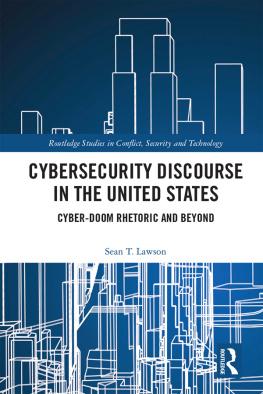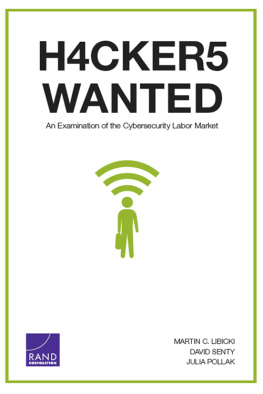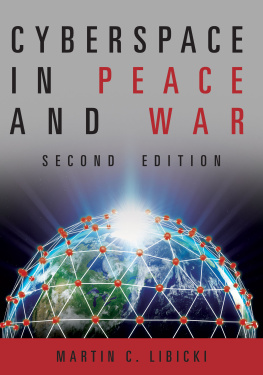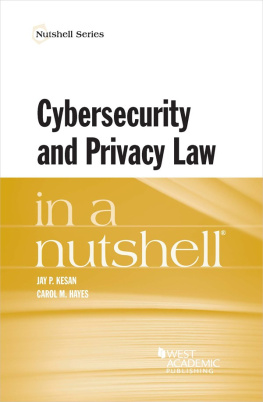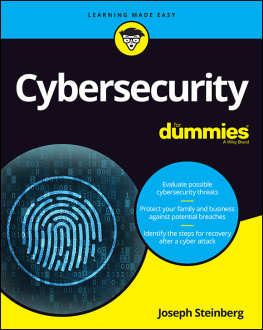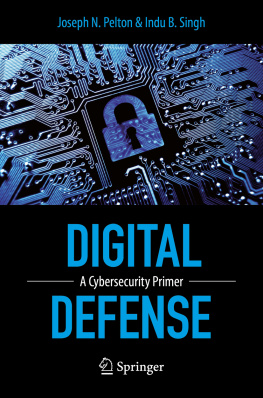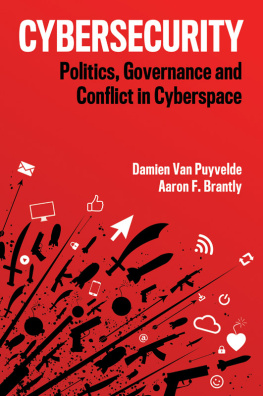
TITLES IN THE SERIES
The Other Space Race: Eisenhower and the Quest for Aerospace Security
An Untaken Road: Strategy, Technology, and the Mobile Intercontinental Ballistic Missile
Strategy: Context and Adaptation from Archidamus to Airpower
TRANSFORMING WAR
Paul J. Springer, editor
To ensure success, the conduct of war requires rapid and effective adaptation to changing circumstances. While every conflict involves a degree of flexibility and innovation, there are certain changes that have occurred throughout history that stand out because they fundamentally altered the conduct of warfare. The most prominent of these changes have been labeled Revolutions in Military Affairs (RMAs). These so-called revolutions include technological innovations as well as entirely new approaches to strategy. Revolutionary ideas in military theory, doctrine, and operations have also permanently changed the methods, means, and objectives of warfare.
This series examines fundamental transformations that have occurred in warfare. It places particular emphasis upon RMAs to examine how the development of a new idea or device can alter not only the conduct of wars but their effect upon participants, supporters, and uninvolved parties. The unifying concept of the series is not geographical or temporal; rather, it is the notion of change in conflict and its subsequent impact. This has allowed the incorporation of a wide variety of scholars, approaches, disciplines, and conclusions to be brought under the umbrella of the series. The works include biographies, examinations of transformative events, and analyses of key technological innovations that provide a greater understanding of how and why modern conflict is carried out, and how it may change the battlefields of the future.

This book has been brought to publication with the generous assistance of Marguerite and Gerry Lenfest.
Naval Institute Press
291 Wood Road
Annapolis, MD 21402
2016 by Martin C. Libicki
All rights reserved. No part of this book may be reproduced or utilized in any form or by any means, electronic or mechanical, including photocopying and recording, or by any information storage and retrieval system, without permission in writing from the publisher.
Library of Congress Cataloging-in-Publication Data
Names: Libicki, Martin C., author.
Title: Cyberspace in peace and war / Martin C. Libicki.
Description: Annapolis, Maryland: Naval Institute Press, [2016] | Includes bibliographical references and index.
Identifiers: LCCN 2016031363 (print) | LCCN 2016035110 (ebook) | ISBN 9781682470336 (ePub)
Subjects: LCSH: Cyberspace operations (Military science) | CyberspaceGovernment policy. | CyberspaceSecurity measures. | CyberterrorismPrevention.
Classification: LCC U163 .L519 2016 (print) | LCC U163 (ebook) | DDC 355.3/43dc23
LC record available at https://lccn.loc.gov/2016031363

 Print editions meet the requirements of ANSI/NISO z39.48-1992 (Permanence of Paper).
Print editions meet the requirements of ANSI/NISO z39.48-1992 (Permanence of Paper).
24 23 22 21 20 19 18 17 16 9 8 7 6 5 4 3 2 1
First printing
Table of Contents
Guide
Contents







TABLES
FIGURES

AES | advanced encryption standard |
APT | advanced persistent threat |
ASLR | address space layout randomization |
ATM | asynchronous transfer mode |
BDA | battle damage assessment |
BGP | Border Gateway Protocol |
BIOS | basic input-output system |
C4ISR | command, control, computers, communications, intelligence, surveillance, and reconnaissance |
C4ISRTA | C4ISR and target acquisition |
CDMA | code-division multiple access |
CEO | chief executive officer |
CERT | Computer Emergency Readiness Team |
CIA | Central Intelligence Agency |
CISO | chief information security officer |
CNCI | Comprehensive National Cybersecurity Initiative |
CPU | central processing unit |
CYBERCOM | Cyber Command |
DDOS | distributed denial-of-service (attack) |
DEFCON | defense condition |
DHS | Department of Homeland Security |
DNS | Domain Name System |
DoD | Department of Defense |
EMCE | economically motivated cyberespionage |
EW | electronic warfare |
FBI | Federal Bureau of Investigation |
GAO | Government Accountability Office |
GDP | gross domestic product |
GGE | Group of Government Experts |
HTML | hypertext markup language |
HTTPS | hypertext transfer protocolsecure |
IADS | integrated air defense system |
IAEA | International Atomic Energy Agency |
IANA | Internet Assigned Numbers Authority |
ICANN | Internet Corporation for Assigned Names and Numbers |
INEW | integrated network and electronic warfare |
INFOCON | information (operations) condition |
iOS | iPhone Operating System |
IP | Internet protocol |


